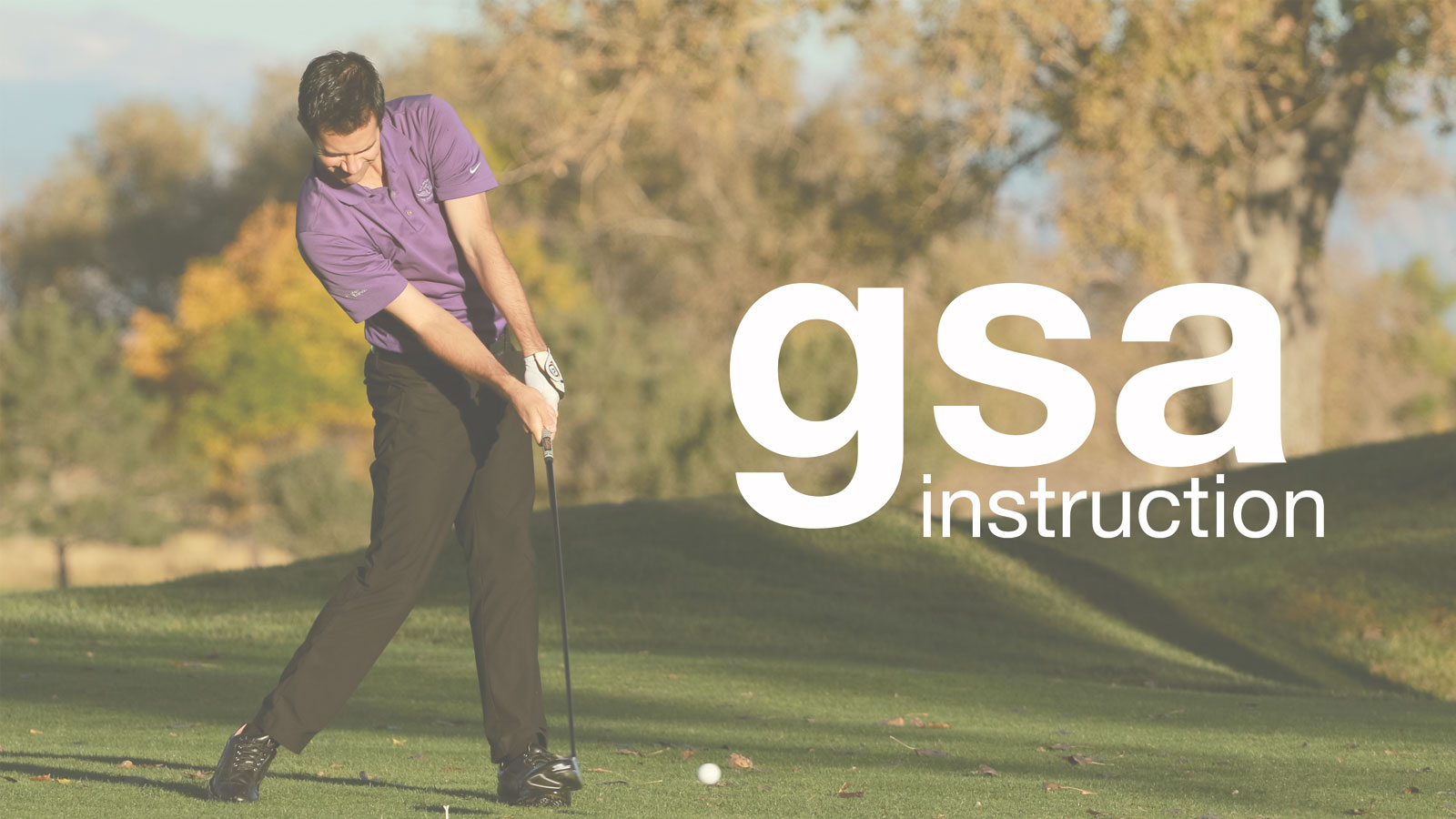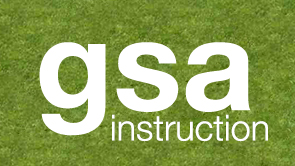Subscribe now to watch the full video.
There are two primary things we are trying to do when we swing a golf club. We are trying to create speed, and we are trying to align that speed so it hits the ball in the direction of our target. Everyone places a priority on these two drivers.
The more that you include body parts, the more that you affect accuracy. So there are a few strategies that players will do to lock down body parts and create control. The hard thing is that sometimes, the attempt to create control actually causes a situation that is harder to control. Here’s an example:
Joe golfer has learned to keep his wrist very rigid in order to feel control. As a result, he has to come from the outside otherwise he would hit the ground well behind the ball. As a result, Joe has created a path that doesn’t work very well with the longer clubs, and limits the ability to hit low shots or shots that don’t curve to the right.
It’s important to understand how accuracy is created, and where the body can organize control so that you can understand how you are doing it. The club is basically a weight on the end of a string (see club head swinging drill) and there are a number of places that the brain can use to organize the swing.
The two major control centers are the arms and the body. Sorry, I tried to be more vague but my editor said it wasn’t possible.
The arms as a control center can be broken down further into the elbows and wrists. The elbows have two major movements that they can do. 1 is hinge, 2 is roll or pronate supinate. The wrists also have two major movements that they can do, 1 is hinge like a hammer, 2 is hinge like a flipper. The combination of these four movements allow for the arms to be excellent adapters.
The body can swing from a variety of locations as well. The hips, the spine, and the shoulders can all control the swinging motions. Think of one of those amazing hula-hoop performers and how they can create a rhythmical swinging motion at any part of their body. A lot of good amateurs use the right side bend to “swing or sling” the club from the inside, but frequently combine it with a stand up power source. This combination creates a pattern of thin shots (or fat shots) and blocks and hooks.


